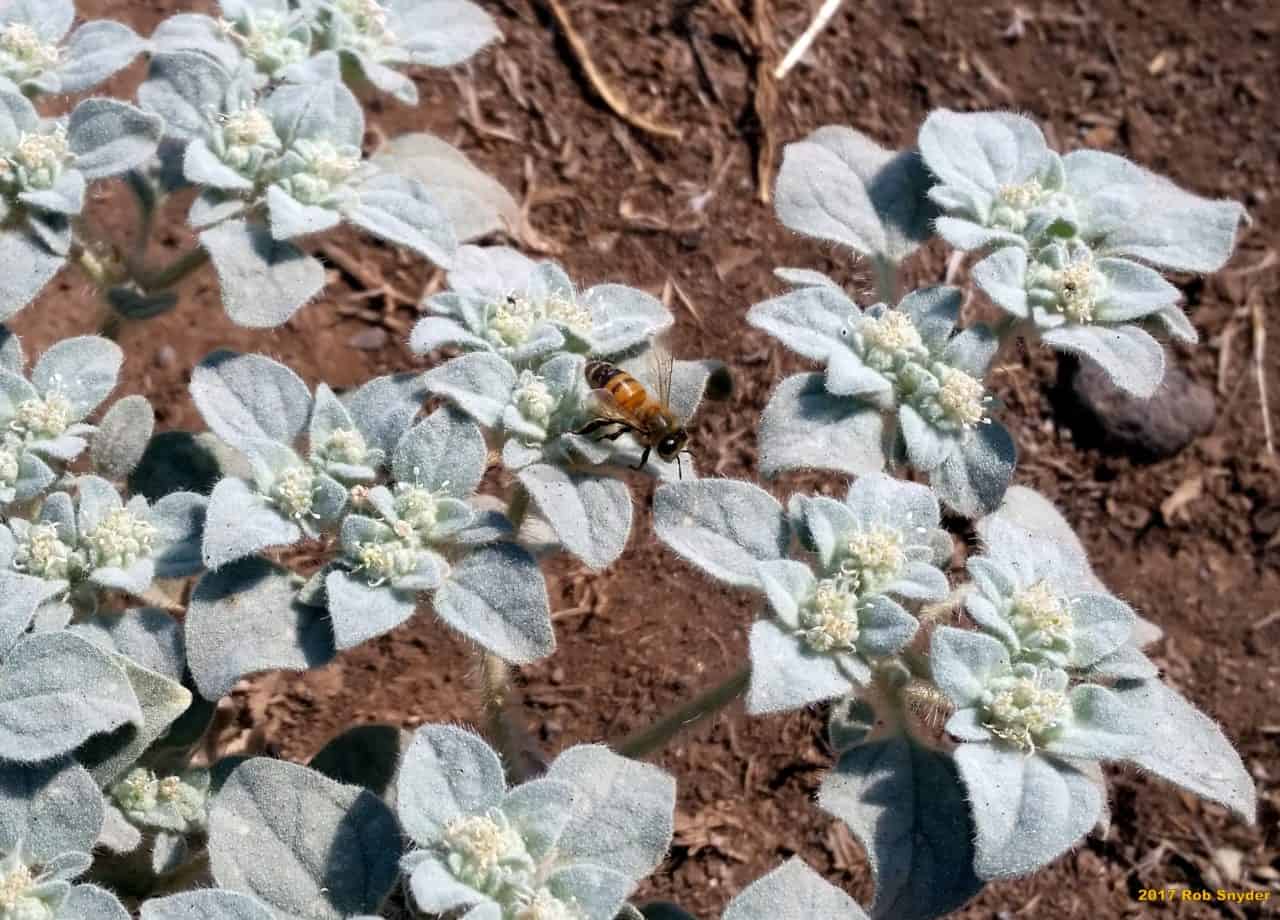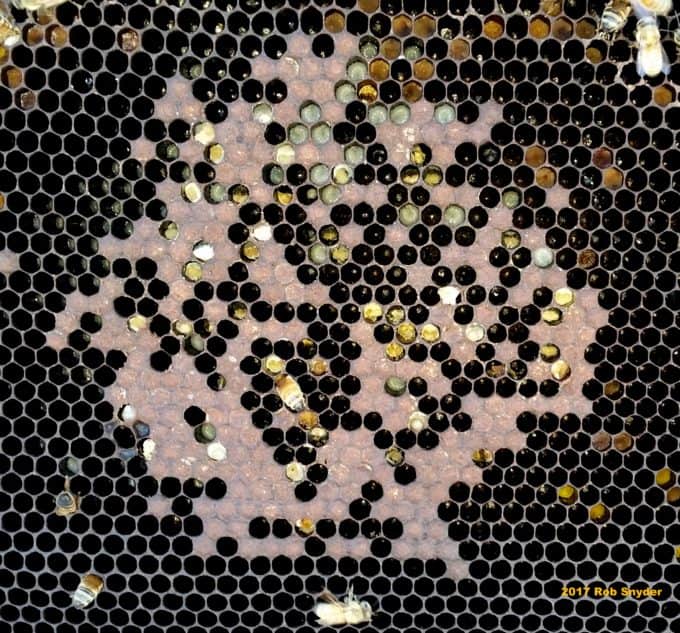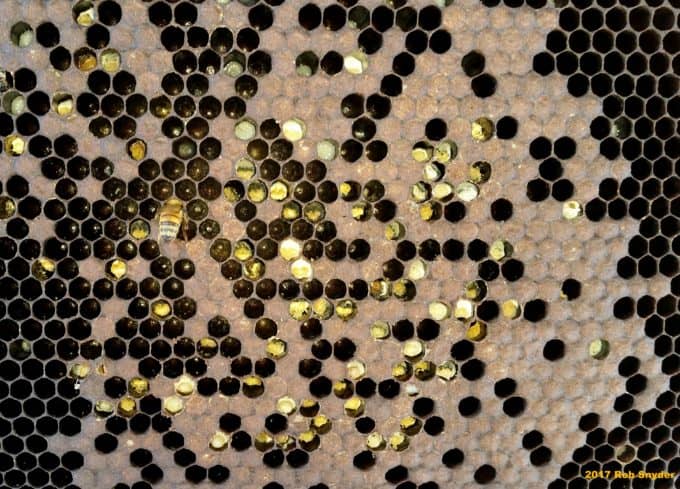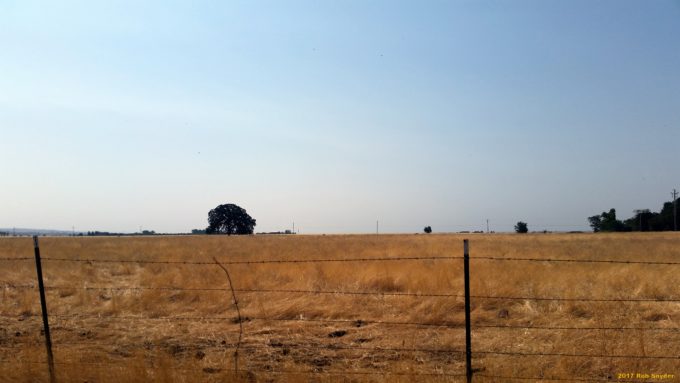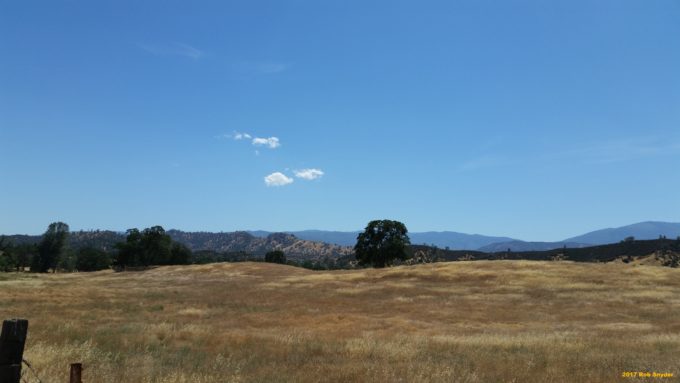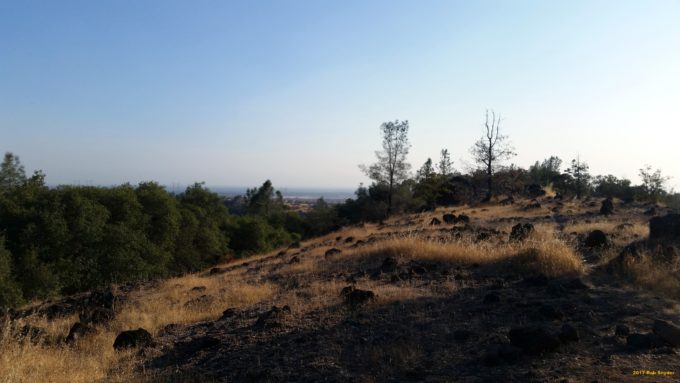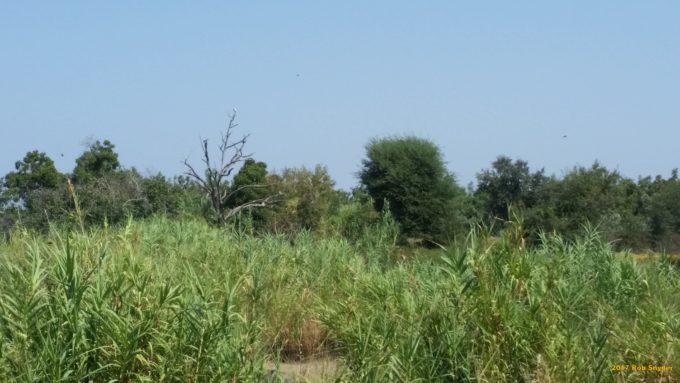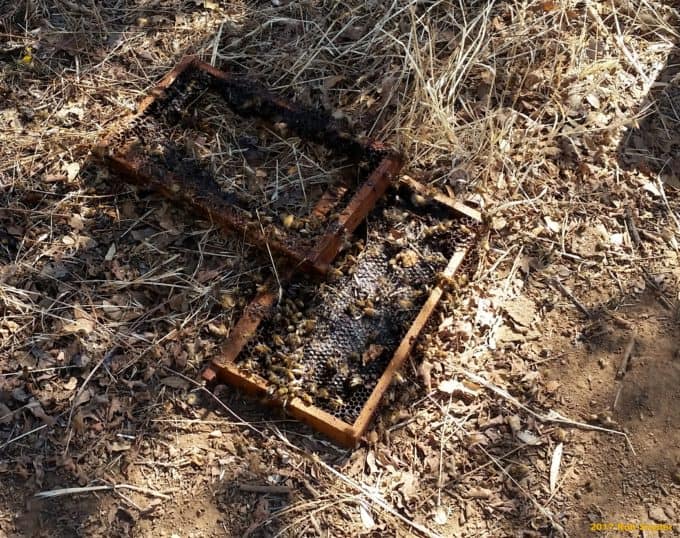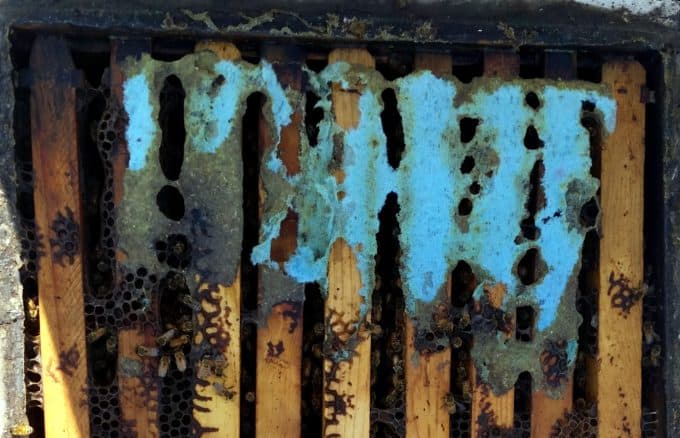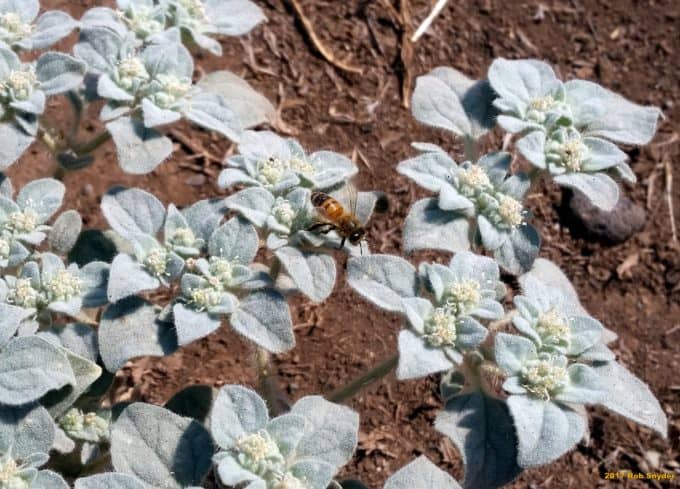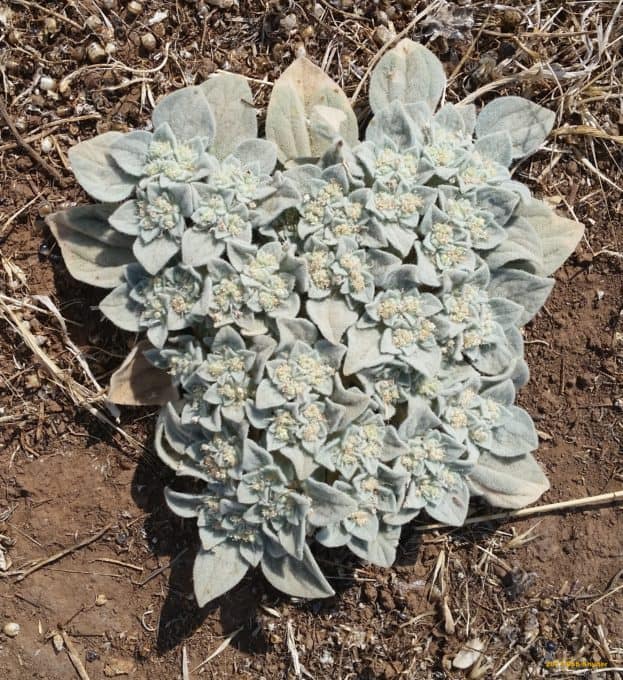In northern California, after a wet winter and spring it has been a really dry and hot summer. In the spring I saw a lot more chalkbrood than normal, something that was noted nationwide by our other teams. Below are a few images of some of the worst cases photographed. It has been the hottest summer in the 6 years I have lived in northern California, with many weeks above 100F. I was able to document how dry it has been this summer as I traveled around and sampled honey bee colonies for BIP.
Other than the heat, beekeepers in northern California have been dealing with bears, varroa mites, feeding and supplying water to apiaries. Most beekeepers here have treated for varroa mites or are just finishing. Mite levels have not been really high here this summer but I am sure as fall approaches, there will be colonies with higher mite loads. Some beekeepers are experimenting with Oxalic acid and glycerin on shop towels with hopes to have a soft treatment to use. I have taken a picture below of what one of these towels looks like after several days inside of a colony. This colony propolized more than removed the towel. A lot of colonies remove this towel in small pieces that they chew and tear off from the main towel. This contact with the towel with oxalic acid is supposed to suppress the mites for several days. We will need more sampling to see if these towels are working; however I have heard that the towels are not to be relied on with a high infestation and other treatment options should be considered.
Pollen sources have been drying up here so beekeepers are starting to feed artificial pollen. This assists in keeping colony populations elevated and helps colonies deal with the excess oak dew that is coming in and prevents them from plugging out (becoming honey bound). There are a few plants still lingering around, a cool one I like is pictured below called Croton setigerus or commonly named ‘Turkey mullein’ or ‘Dove weed.’ There are a few more plants blooming now but forage is limited. It will be nice to transition into cooler days as the daylight decreases. I look forward to seeing colonies come back from out of state over the next few months to see how they are doing. In the next few months beekeepers will see if their management strategy throughout the year has been successful at keeping mite and virus levels down before we move into the critical fall period.
